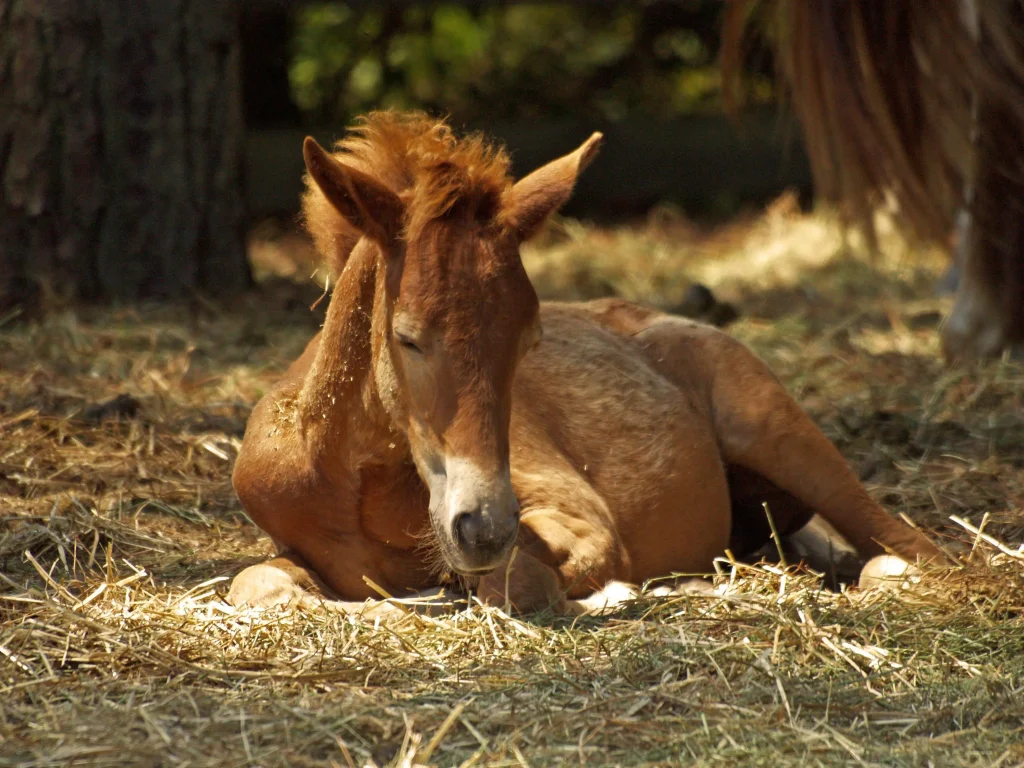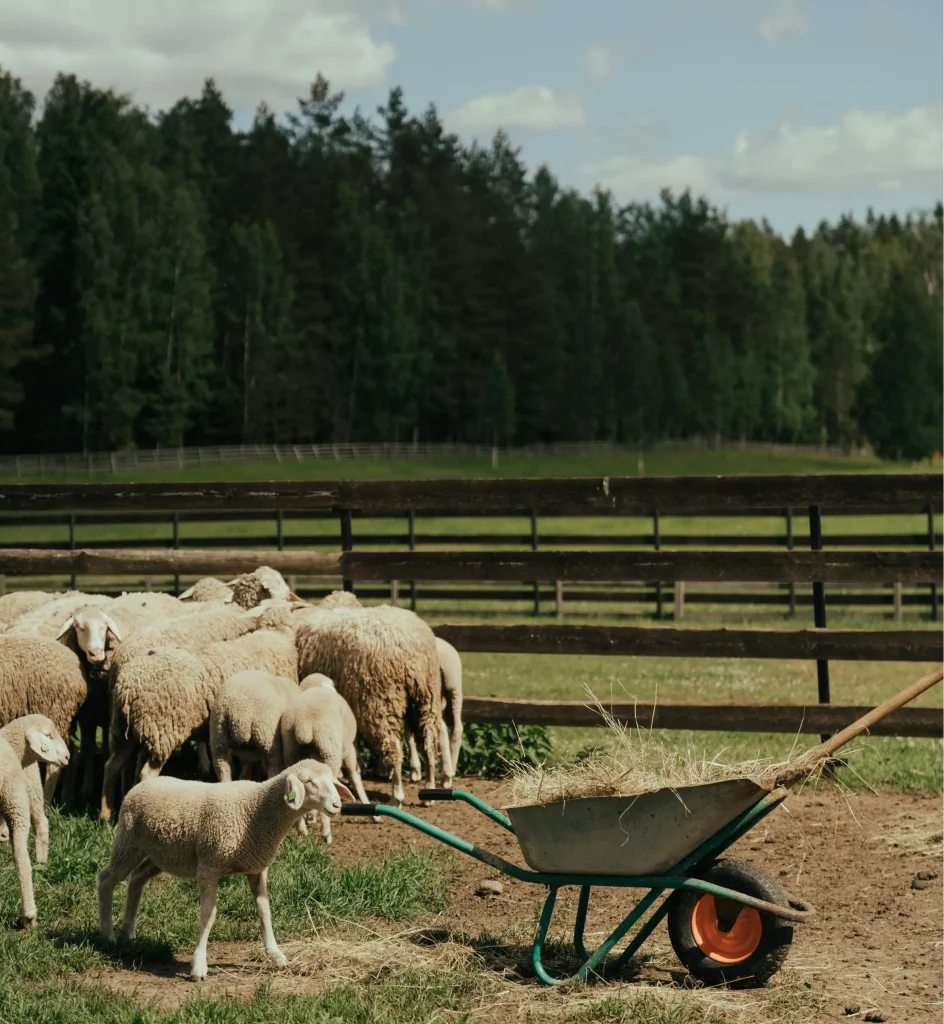Financing on Feeders also now available! Payments less than the amount of money you’ll save on Hay Costs!
Let’s be honest – Hay feeding can be a real pain in the neck. Carrying heavy bales is hard enough, but then there are those bulky machines to maneuver. And after all that, there’s still more cleanup you have to deal with!

It makes anybody think twice about the work they do. But don’t give up just yet! If I tell you there’s a way to keep your animals happy without turning your farm into a full-on workout.
Why mess with all that heavy machinery when you can make hay feeding a whole lot easier with low-equipment methods? We are going to learn exactly that in this article. So let’s begin.
Firstly, you don’t need a fleet of tractors to keep your livestock well-fed. If you are just starting out or have a small farm then you should think Let’s cover some simple yet effective feeding principles:
You won’t need heavy machinery if you follow the hay-feeding strategies below:
Hay storage is just as important as feeding. Keep it in tip-top form by following these easy steps:

Here are some budget-friendly tools that will help you to feed your animals without spending much:
To keep your hay in tip-top shape all year round, you have to adjust your feeding practices with the seasons. In the winter, wrap that hay up like it’s heading out into a snowstorm. Protect it from the cold and snow by using insulated covers or tarps.
And in the summer, keep it cool and dry, just like you would your animals. Store it in a shady spot or throw a cover on it to protect it from the sun. Take these seasonal precautions to prevent spoilage and make sure your animals have access to top-notch feed all year long.
To make sure your animals are getting the best possible food, check your hay for mold, pests, and any other signs of bad quality. Also, monitor the health of your animals. If they’re acting weird or look different, it could be an indication of something wrong. Consult a veterinarian if you notice any issues. Make your animal’s health your top priority.

While this blog is all about minimizing the need for heavy equipment, if you’re looking to take things up a notch, HayBoss Feeders can offer automated, controlled feeding systems. These feeders are designed to maximize efficiency, minimize waste, and make feeding more manageable—all without relying on bulky machinery. Whether you’re feeding large herds or small, HayBoss can help you simplify the process, making your farm work smarter, not harder.
There you have it! Hay feeding doesn’t have to be a back-breaking, wallet-busting chore. By embracing low-equipment strategies, you can save money, reduce waste, and improve the health and well-being of your livestock
So, why waste time on holding cumbersome machinery when you can take a simpler approach? Animals—and your back—will be forever grateful for it! And if you’re looking for even more efficient solutions, don’t forget to check out HayBoss Feeders for convenient feeding systems that take the guesswork out of your feeding routine!
: Definitely! There are lots of low-a equipment methods to accomplish that without all those troubles.
: Tarps, covers, and something higher from the ground. It’s completely about keeping that hay as dry and as fresh as possible.
: Hay nets, feeders, and intelligent positioning are very useful in loss minimization.
: Totally! You save money, and time to a great extent, and avoid so many inconveniences attached to the same.
: Roll ‘em, sled ‘em, or just recruit a buddy. It’s all about smarter working instead of hard-working.
Powered by Prevail Marketing copyright 2025